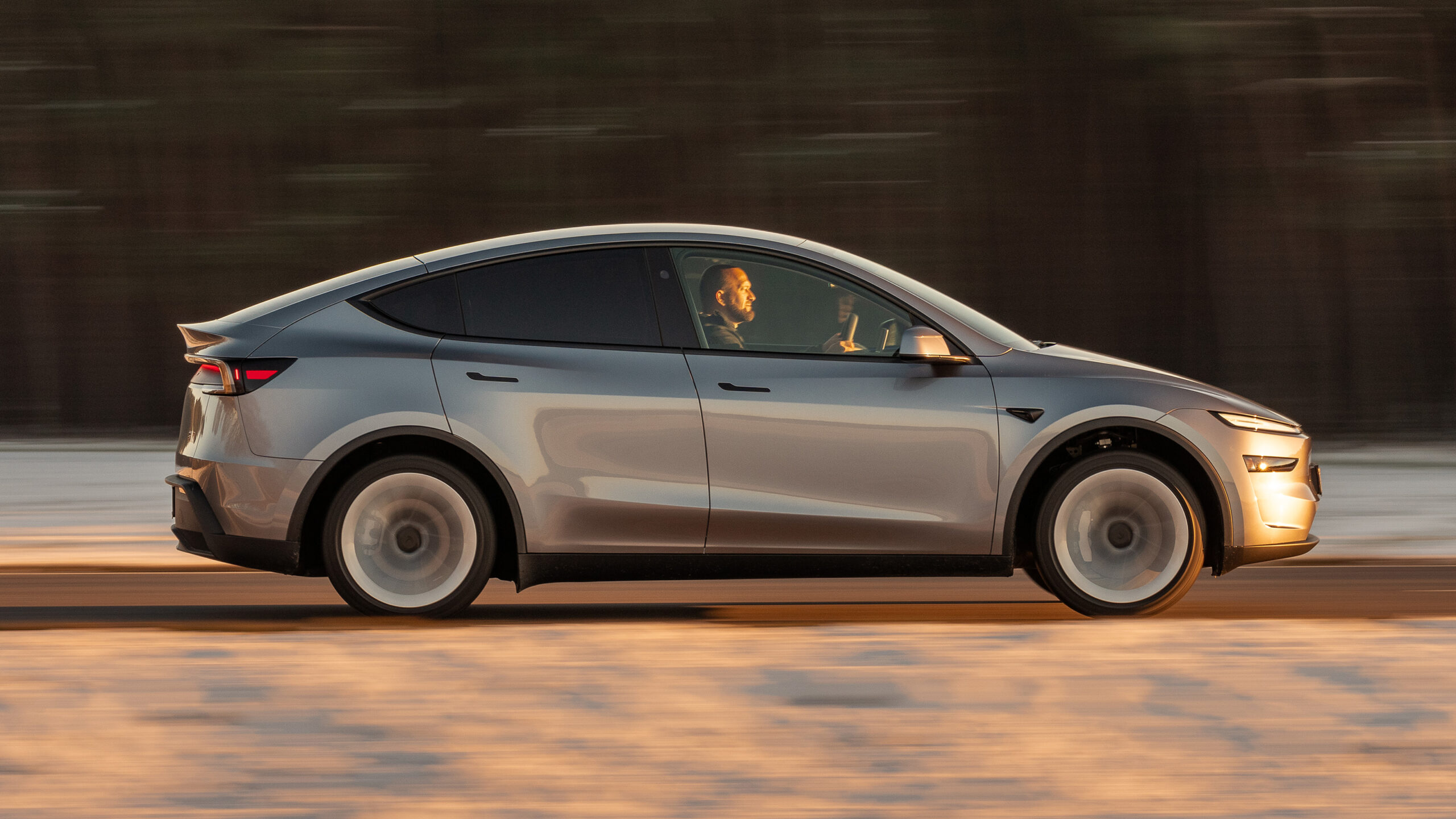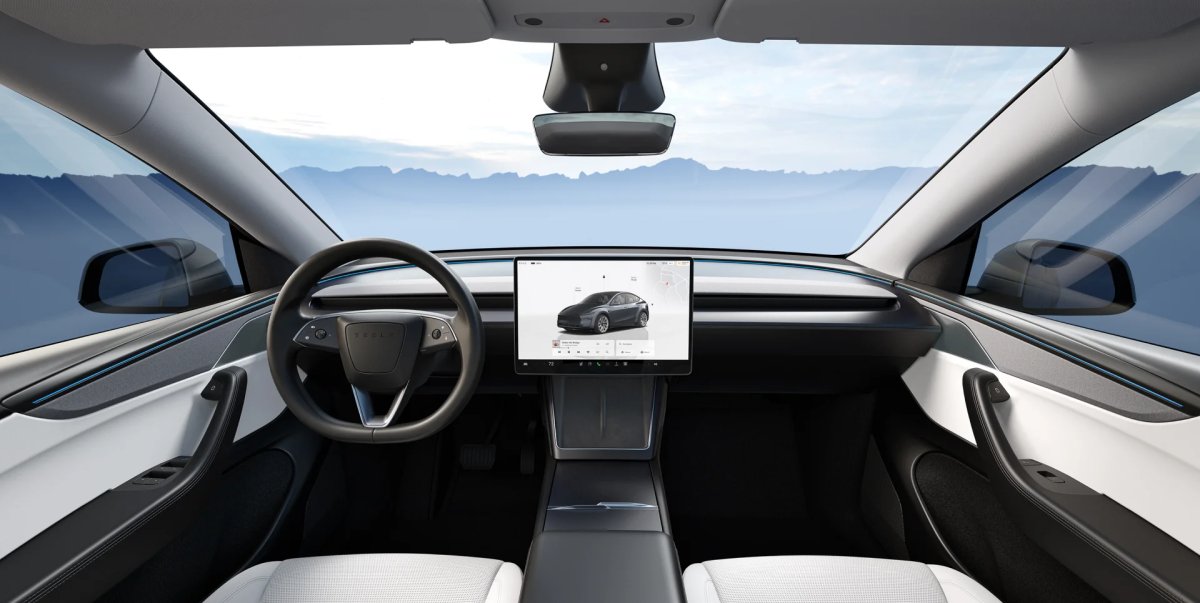Australia’s electric vehicle (EV) market witnessed a significant resurgence in May 2025, with Tesla’s Model Y emerging as the top-selling EV, driving a remarkable recovery for the brand. After a challenging start to the year, Tesla’s sales soared, fueled by the introduction of the refreshed Model Y, also referred to as the “Juniper” facelift.
This article explores the dynamics behind Tesla’s success, the broader EV market trends in Australia, and the factors influencing consumer preferences, drawing on the latest data and insights from industry sources.
Tesla’s Record-Breaking May Performance
A Surge in Deliveries
In May 2025, Tesla delivered 3,897 vehicles in Australia, marking its strongest month in nearly a year, according to the Electric Vehicle Council (EVC). This figure represents a 9.3% year-over-year (YoY) increase compared to May 2024 and a staggering 675% surge from April 2025, when only 500 vehicles were sold. The Model Y accounted for 3,580 of these deliveries, a 122.5% YoY increase, making it the fourth best-selling vehicle overall in Australia for the month, trailing only the Toyota HiLux, Ford Ranger, and Toyota RAV4.
The Refreshed Model Y: A Game-Changer

The introduction of the updated Model Y has been pivotal to Tesla’s rebound. Launched in Australia in May 2025 after being available in Europe and other markets for months, the revamped Model Y features enhanced design, improved range, and advanced technology, appealing to both new buyers and existing Tesla owners upgrading their vehicles. Industry analysts attribute the model’s success to its timely arrival, addressing pent-up demand after a period of limited stock due to retooling at Tesla’s Giga Shanghai factory.
Challenges Overcome
Tesla’s slow start in 2025 was largely due to supply chain constraints, with delays in ship arrivals from China and factory retooling for the new Model Y. Additionally, consumer hesitancy, partly linked to controversies surrounding Tesla CEO Elon Musk’s political activities, had dampened sales earlier in the year. However, the strong demand for the refreshed Model Y suggests that product quality and innovation continue to outweigh external controversies for many Australian buyers.
Australia’s EV Market in May 2025
A Broader Market Recovery
The Australian EV market saw a robust recovery in May, with 10,065 battery electric vehicles sold, representing a 9.2% share of the total new car market of 109,425 vehicles. This marked the first time in 2025 that EV sales surpassed 10,000 units in a single month, a significant milestone after a dip to just above 5% market share earlier in the year. The resurgence was driven not only by Tesla but also by strong performances from brands like Geely, Kia, and BYD.
Competitive Landscape
While Tesla’s Model Y dominated, other EV models also contributed to the market’s growth. Geely, Kia, and BYD reported strong sales, reflecting the increasing diversity of EV options available to Australian consumers. However, Tesla’s Model 3 experienced a significant decline, with only 317 units sold in May, down 70.7% YoY, highlighting the Model Y’s role as the primary driver of Tesla’s success. Despite this, the Model Y remains Australia’s top-selling EV year-to-date, with 6,974 deliveries, though it trails 2024 figures by 27.4%.
Year-to-Date Context
Despite May’s strong performance, the Australian EV market remains behind 2024’s pace, with 33,976 EVs delivered in the first five months of 2025 compared to 40,966 in the same period last year. This lag reflects earlier supply constraints and a broader decline in new car sales, which fell 1.6% in May 2025 compared to May 2024. However, the rebound in EV sales signals growing consumer confidence and market stabilization.
Factors Driving EV Sales Growth
Consumer Demand for Innovation

The updated Model Y’s success underscores the importance of continuous innovation in the EV sector. Features like improved range, enhanced interior comfort, and advanced driver-assistance systems have resonated with Australian buyers, who are increasingly prioritizing sustainability and technology. Tesla’s ability to deliver a refreshed model at a competitive price point has helped it maintain a strong foothold despite growing competition from Chinese and European brands.
Government and Industry Support
Australia’s EV market has benefited from supportive policies and infrastructure development. While specific incentives were not detailed in recent reports, the inclusion of models like Tesla’s Model 3 and Model Y in government-backed campaigns in other markets, such as China, suggests a global trend toward promoting EV adoption in underserved areas. In Australia, the expansion of charging networks and public awareness campaigns by organizations like the EVC have likely contributed to the May surge.
Competition and Pricing Dynamics
The Australian EV market is becoming increasingly competitive, with Chinese brands like BYD and Geely offering lower-priced alternatives with robust features. Tesla’s pricing strategy, including zero-interest loans in some markets, has helped maintain its appeal, but the broader market is witnessing a price war, particularly in China, which could influence Australian pricing in the future. For now, Tesla’s brand strength and the Model Y’s popularity have kept it ahead of rivals.
Global Context: Tesla’s Mixed Performance
Contrasting Fortunes in Europe and China
While Australia celebrated a Tesla sales boom, the company faced challenges elsewhere. In Europe, Tesla’s sales fell sharply in markets like Germany (down 36.2%), France (down to 700 units), Spain (down 29%), and Portugal (down 68%) in May 2025. These declines have been attributed to an aging model lineup, increased competition from European and Chinese brands, and reputational challenges linked to Elon Musk’s political activities. In China, Tesla’s sales dropped 15% YoY to 61,662 vehicles, despite a 5.5% month-over-month increase.
Norway: A Bright Spot
Norway stands out as another success story for Tesla, with sales surging 213% YoY to 2,600 vehicles in May, driven by the Model Y. This performance reflects Norway’s status as the world’s most EV-friendly market, with a 92.7% EV sales share year-to-date. Tesla’s zero-interest loan offers and the Model Y’s popularity have fueled this growth, offering a model for potential recovery in other markets.
Looking Ahead: Tesla and Australia’s EV Future
Sustaining Momentum
Tesla’s May performance in Australia signals a potential turning point, but sustaining this momentum will require addressing supply chain challenges and maintaining consumer trust. The upcoming launch of Tesla’s robotaxi and continued improvements to its model lineup could further bolster demand. Additionally, the company’s focus on innovation, as emphasized by industry analysts, will be critical in a competitive market.
Broader Market Trends
The Australian EV market is poised for further growth, with new models from established and emerging brands expected to drive adoption. As infrastructure improves and consumer awareness increases, EVs are likely to reclaim and exceed their 2024 peak market share of over 10%. Tesla’s leadership, particularly through the Model Y, positions it well to capitalize on this trend, provided it navigates global challenges effectively.
Tesla’s Model Y has reaffirmed its dominance in Australia’s EV market, leading a significant sales surge in May 2025. The refreshed model’s appeal, combined with a recovering market and growing consumer interest in EVs, has positioned Tesla for success in a competitive landscape. While global challenges persist, Australia’s strong performance highlights the potential for EVs to thrive in markets with robust demand and supportive infrastructure. As Tesla continues to innovate and the Australian EV market evolves, the Model Y’s leadership is a promising sign for the future of sustainable transportation.
FAQs
What drove Tesla’s sales increase in Australia in May 2025?
The surge was primarily due to the launch of the refreshed Tesla Model Y, which accounted for 3,580 of the 3,897 vehicles delivered, supported by pent-up demand and improved supply from Tesla’s Giga Shanghai factory.
How did the Australian EV market perform overall in May 2025?
The market saw 10,065 battery electric vehicle sales, a 9.2% share of the total new car market, marking the first time in 2025 that EV sales exceeded 10,000 units in a month.
What challenges does Tesla face globally despite its Australian success?
Tesla is experiencing sales declines in Europe and China due to an aging model lineup, increased competition, and reputational issues linked to CEO Elon Musk’s political activities.
ALSO READ: Toyota Kluger 2025: Hybrid Models Hit with Price Hike

